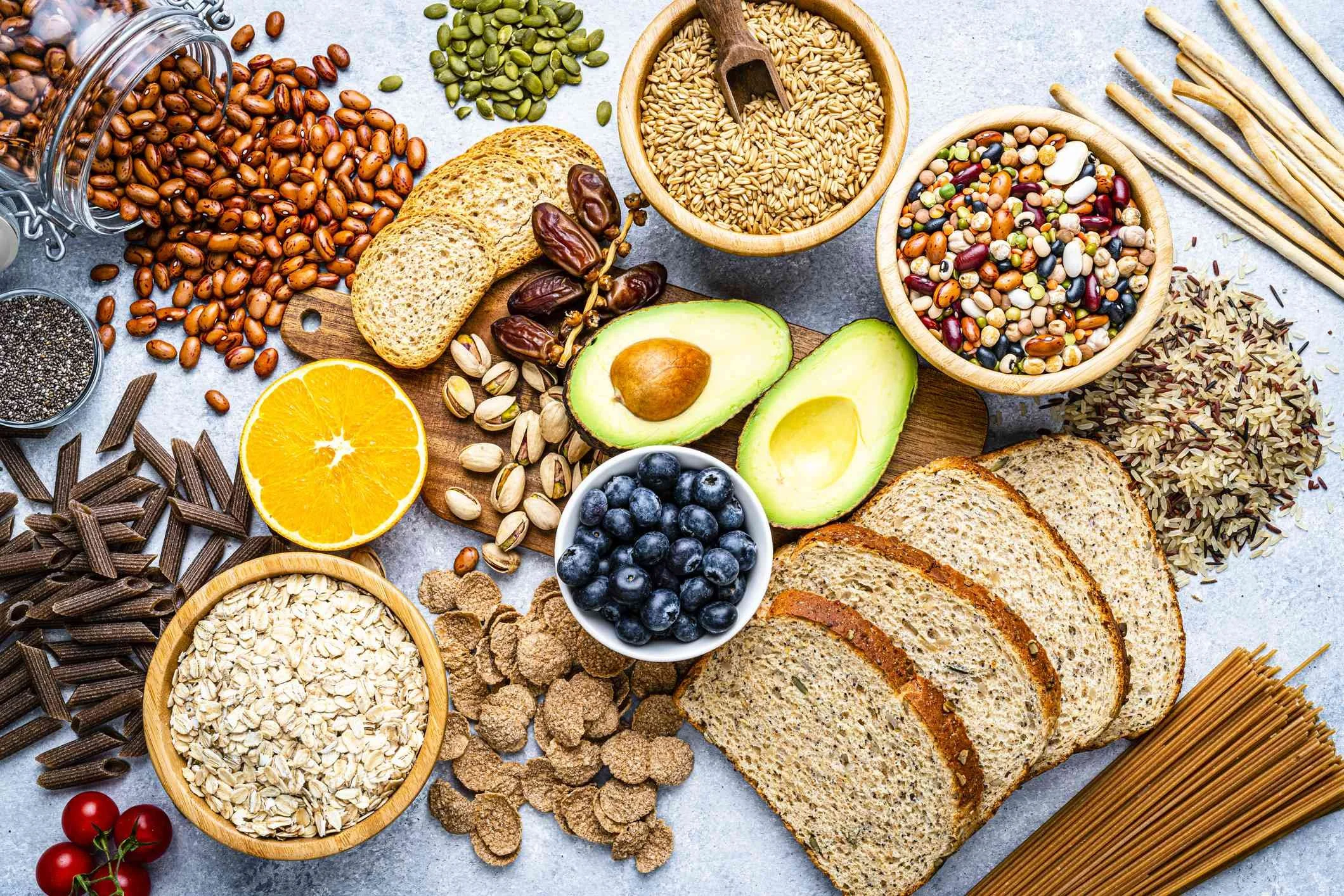Fiber First- Discussing the importance of fiber
What is fiber?
Fiber is a non-digestible carbohydrate, usually found in plant foods such as fruits and vegetables, or whole grain cereals. There are 2 forms of fiber: soluble and insoluble.
Soluble Fiber: Soluble fiber is gel-forming, slowing down food’s passage through your digestive tract. It is supportive of a healthy microbiome and can be helpful for both constipation and diarrhea.These fibers, also called fermentable fibers, ferment in the gut and support the gut microbiome by “feeding” the bacteria. Soluble fiber is found in beans, oats, grains, chia seeds, lentils, nuts, and most fruits and vegetables.
Insoluble fiber: Insoluble fiber helps food pass more quickly through your digestive system, because it does not break down in water. This type of fiber is helpful for constipation. Insoluble fiber, also called nonfermentable, can help with preventing blood sugar spikes after meals, and reducing high cholesterol levels. Insoluble fiber is found in whole wheat products such as wheat bran, quinoa, brown rice, leafy greens, fruits with edible skins such as apples or pears.
Due to the vast benefits of fiber that range from preventing chronic diseases such as heart disease and diabetes, to aiding in weight loss, fiber has been receiving increased attention in the media. One source of fiber, called inulin, is used in new, healthier sodas such as Oli-Pop, and Poppi’s. Inulin is a form of fermentable fiber that can help with constipation, prevent blood sugar spikes, and feed gut bacteria. However, for some it can cause bloating or stomach pains, and it may not be recommended for those with IBS. If you have a sensitive stomach, choose Poppi’s instead of Oli-Pop, as it has a lower concentration of this inulin fiber, and is less likely to cause bloating.
Another interesting form of fiber, called a resistant starch, can be found in unripened bananas, or rice/pasta/potatoes that has been cooked, cooled, and reheated. This fermentable fiber acts as a prebiotic, and can also help to prevent blood sugar spikes and reduce cholesterol levels. By eating leftover rice, you can prevent the spikes in blood sugar that freshly cooked rice often causes.
Fiber helps to keep you feeling full for longer, and as such it can aid in weight loss efforts. It is recommended to consume 25-30 grams of fiber each day, though men may need even more. Most Americans are deficient in this important nutrient, consuming less than 15g per day. Consuming inadequate fiber can put one at increased risk for colon cancer and diverticular disease, due to the long term effects of constipation.
Some examples of high fiber foods to include in your regular diet are: chia seeds, wheat bran, whole grain breads, avocados, raspberries, beans, pears and broccoli.
References:
Lynett, A. (2024, February). Soluble Fiber . https://www.med.umich.edu/1libr/Gastro/SolubleFiber.pdf
Fiber. The Nutrition Source. (2023, February 2). https://www.hsph.harvard.edu/nutritionsource/carbohydrates/fiber/#:~:text=Foods%20with%20insoluble%20fibers%20include,skins%20like%20pears%20and%20apples.
UCSF Health. (2024, April 5). Increasing fiber intake. ucsfhealth.org. https://www.ucsfhealth.org/education/increasing-fiber-intake#:~:text=The%20American%20Heart%20Association%20Eating,about%20half%20the%20recommended%20amount.


